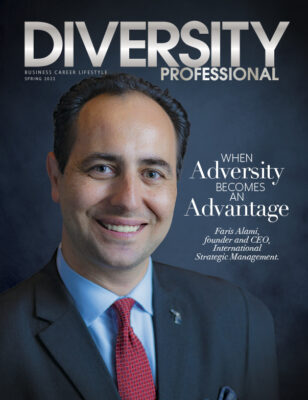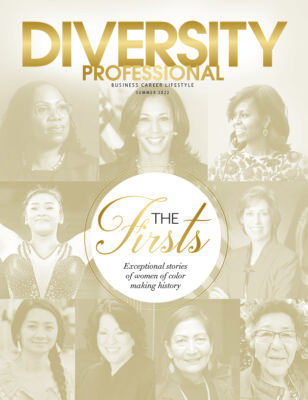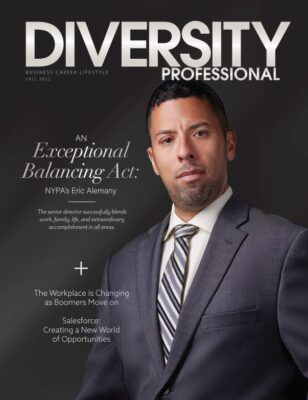6 PUBLIC SECTOR WORKFORCE TRENDS TO WATCH IN 2023
Making workforce management a strategic imperative.
State and local governments continue to gain valuable insights into how public employers can manage and support their current workforce while positioning themselves to attract new talent. Recent research by MissionSquare Research Institute highlights strategies and steps governments can take to be employers of choice. Based on its research, the Institute offers six trends to continue watching in 2023, which can be instrumental in building a diverse portfolio of recruitment and retention strategies.
1.Communicating the full value of benefits
The wage that may be advertised in a position description is but one small part of the full value of financial and other benefits. These benefits include health insurance, pensions, and deferred compensation as well as paid leave, life insurance, and flexible scheduling. In addition, benefits include such intangibles as the greater job stability to be found in the public sector, which enhances the ability to save for both emergency expenditures and long-term plans. Developing and communicating this full-value proposition helps support employees’ overall financial well-being.
2.Customizing recruitment appeals
Diversity, equity, and inclusion (DEI) are already important parts of many jurisdictions’ recruitment and retention efforts. However, a truly customized DEI campaign entails more than simply expanding the recruitment to include a nearby historically Black college or university (HBCU). Rather, each position’s recruitment plan may include outreach to new audiences and building active partnerships with outside agencies (e.g., schools, job training programs, neighborhood associations, specialized media, and private sector groups), as well as crafting communications that best resonate with the target audience (e.g., trading bureaucratic descriptions for mission-focused appeals and plain text for video).
Consider taking a more tailored approach to benefits, as new recruits may be drawn to different benefits offerings, depending on their current life stages or economic circumstances. It may be effective to highlight promotion of professional development opportunities, mentoring and employee resource groups, and assistance with student loan repayment or home purchases.
Multipronged recruitment campaigns include social media, college partnerships, outreach to veterans and their family members, advertising to specific neighborhoods and demographics, and ads in languages other than English.
In addition, in the Institute’s 2023 workforce survey of state and local government human resources managers, 16% indicated that they are building communications campaigns around choosing a career in public service. This aligns well with public employees’ indications that they are proud of the contributions they can make to their communities and also responds to the desire expressed by younger generations of public employees to perform meaningful work.
3.Maintaining retirement plan funding
The past year brought significant volatility to retirement plans, both in macroeconomic terms and in individual finances and anxiety levels. The first mission for plan sponsors is to weather that volatility and commit to maintaining actuarially determined contributions so that funded levels do not drop, which would place additional pressure on future contributions or on potentially risky investment strategies designed to make up for any shortfalls. Such actions support both long-term fiscal stability and the ability of retirement plans to serve as an effective tool in staff recruitment and retention.
4.Restructuring the workforce
The past few years have brought significant disruption to the public workforce landscape. It took 11 years for state and local employment to reach pre-recession levels, only to fall off another cliff in 2020. While private sector employment has bounced back, public sector employment is still below pre-pandemic levels. With continued retirements, burnout, and other impacts such as automation and a hybrid work environment, it may be time to rethink staffing models more structurally. Employers are rethinking job descriptions to ensure that education requirements are relevant to the work, while also evaluating whether training can take place via apprenticeship or post-hiring upskilling. Where there is insufficient demand to fill full-time slots, part-time hiring, gig workers, job sharing with other agencies, and remote staffing also offer opportunities to meet workload needs.
5.Taking a holistic view
The pandemic normalized the idea that it was okay not to be okay: mental health and burnout are real concerns that employers need to take seriously. Persistent inflation will lead to consideration of changes to compensation, but employees may expect that discussion to go beyond a designated cost-of-living adjustment (COLA). Rather, employers should be leaning into conversations with their team members about burnout and workload issues related to extended position vacancies, the health or childcare impacts they may still be experiencing, the satisfaction they take from their jobs, and the ways employers can support their financial literacy and professional growth.
6.Prioritizing data-informed workforce decision-making
The Institute’s recent DEI survey found that despite a majority of governments identifying workforce DEI as a priority, a quarter or more were not tracking the results of their efforts. And while 78% were performing exit interviews, just 39% were conducting employee satisfaction surveys, and only 11% were doing stay interviews. Given that, it’s not surprising that just single digits (2-6%) were using the data from such methods in evaluating their DEI results.
More generally, making workforce management a strategic imperative means collecting and analyzing data to further improve results, from hiring bonuses to ongoing employee engagement.









